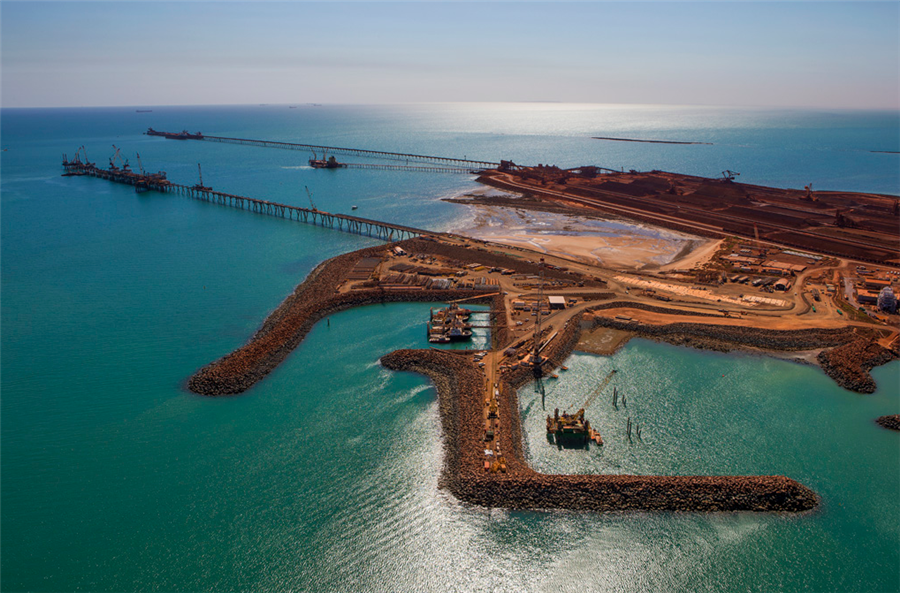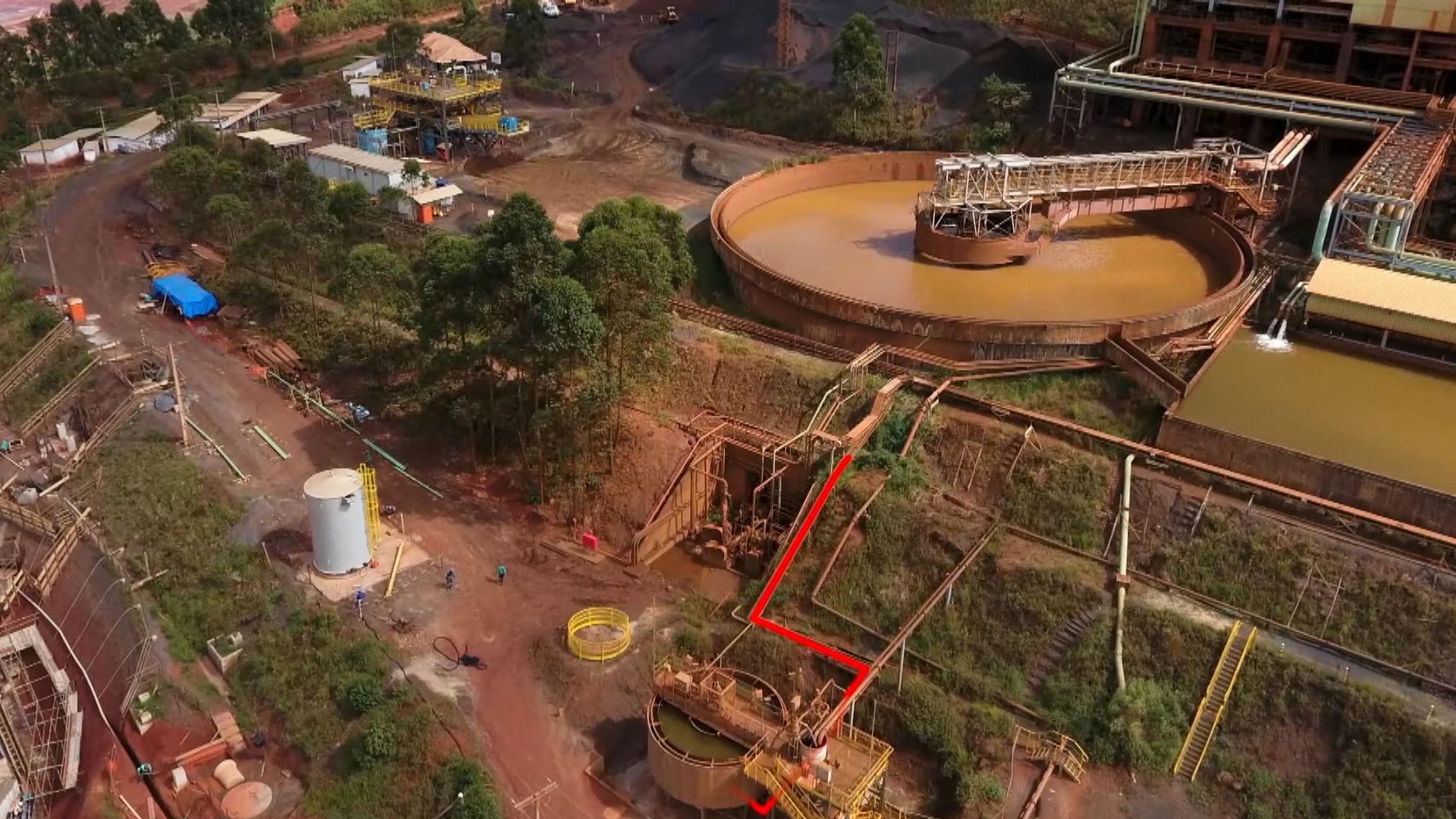LithiumBank stock soars on economics of $2 billion Alberta project

Shares in Alberta-focused LithiumBank Resources (TSXV: LBNK) jumped after a new study shows its Boardwalk project using an uncommon technique could operate at about a quarter of the lithium hydroxide spot price.
The shares gained more than 16% today to C$1.42 each, within a 52-week range of C$0.52 and C$1.50, valuing the company at C$54.9 million.
Operating costs at the Boardwalk brine project in west-central Alberta would be $6,807 per tonne of lithium hydroxide while the study envisions the project at a long-term metal price $26,000 per tonne, according to the preliminary economic assessment (PEA) released on Thursday. The spot price was $38,825 per tonne this week, according to The Wall St. Journal.
“Boardwalk is unique with an uncomplicated mineral title containing a 6.2 million-tonne lithium carbonate equivalent brine resource that has the potential to produce battery grade lithium hydroxide for 20 years right here in North America,” LithiumBank executive chairman Paul Matysek said in a news release accompanying the study. “There is potential for substantial upside on these economics from the recently announced Canadian Investment Tax Credit and other numerous optimization opportunities.”
Calgary-based LithiumBank plans a direct lithium extraction process, one of only a handful in the world it says have been the focus of economic studies. It would use less water than conventional brine evaporation methods and only a fraction of the surface footprint of hard rock lithium mining. Neighbour E3 Lithium (TSXV: ETL) plans to use similar technology to develop the province’s Bashaw district, Canada’s largest brine project.
While demand for lithium continues to grow for electric vehicles as automakers secure off-take agreements, surpluses are likely from next year before sinking into a deficit again from 2029, according to Benchmark Mineral Intelligence last month.
$1.7bn NPV
Boardwalk would have an after-tax net present value of $1.7 billion at an 8% discount rate with an internal rate of return of 17.8%, the study shows. It would produce 31,350 tonnes per year of battery-grade lithium hydroxide over a 20-year period. the largest proposed output in North America, the company says.
The operation would cost almost $2.1 billion to build, including a $575 million processing plant, $276 million for brine wellfield services, $265 million in other infrastructure and $360 million for contingencies, the early stage study shows.
The project envisions pumping lithium-rich brine from the historic Leduc oil field, where Alberta’s petroleum boom started in the 1940s, to a processing plant. Ion-exchange technology is to extract lithium from the brine before purification, concentration and conversion to battery-grade lithium hydroxide.
Boardwalk also intends to capture and sequester CO2 emissions to produce carbon credits, and extract magnesium from barren brine to produce low-carbon cement that will lower brine reinjection amounts by at least 10%. Power is to be generated on site using gas turbines to help lower the project’s carbon footprint. The proposed gas turbine units may be run on 80% hydrogen when a reliable supply is available, LithiumBank said.
The company intends to apply for federal tax credits for critical mineral extraction as mentioned in this year’s federal budget. It plans to cut costs by using recently-developed brine reagents, submersible electric pumps, 3-D modelling of reservoirs, and existing roads, well pads, pipelines and utilities as shown in the study.
“It sets the stage for our team to now pursue lithium resource development in western Canada with a significantly enhanced environmental, social and governance profile compared to other forms of lithium mining,” Rob Shewchuk CEO and director of LithiumBank, said in the release.
LithiumBank plans to soon file another PEA, on the Park Place lithium brine project 50 km to the south, and by the end of this year start pilot plant studies on both sites. The parallel developments could cut costs and improve net present value and rates of return, Shewchuk said.
“We believe this has the potential to position both the Boardwalk and Park Place districts among the most attractive direct brine projects in North America.”
More News
Rio Tinto posts lowest Q1 iron ore shipments since 2019, tempers forecast
April 15, 2025 | 03:55 pm
Trump orders tariff probe on all US critical mineral imports
April 15, 2025 | 03:16 pm
{{ commodity.name }}
{{ post.title }}
{{ post.date }}




Comments